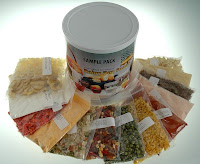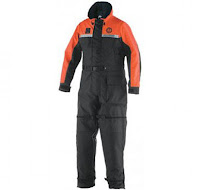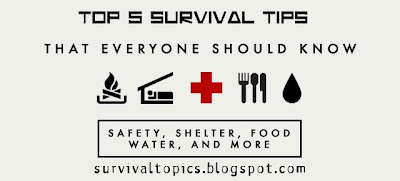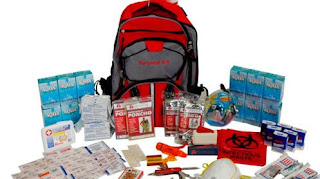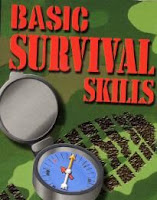Camping is one of the recreational activities many people enjoy. Being away from your comfort zone and immersing yourself in primitive conditions bring about a certain thrill and excitement. While being away from your usual home amenities can be fun and challenging, a camping activity can still go wrong. Injuries, getting lost and unpredictable weather changes are some of the factors for this. In order to make this recreation safe and enjoyable, here’s how you can get fully equipped for a camping survival.
The rule of three’s is one of the most important considerations for camping survival. The rule states that a normal and healthy person can survive three minutes with the absence of air, three days with the absence of water and three weeks with the absence of food. Planning, preparation and packing of gears for a camping trip should revolve around this rule.
Your survival checklist for camping should start with informing key persons that you are going camping and when you are expected to come back. It would be best if you give these people a map of your expected journey and don’t make unnecessary changes with your plans if possible. This will increase your chances of getting help should you get injured or lost while on the trip.
While the idea of a new campsite is exciting, it would be better to equip yourself with enough knowledge about the area. Ask people who have gone to this area about what to expect in terms of topography, climate and animal attacks. You should also learn basic first aid application, how to make a fire, how to put up your temporary shelter and where to look for food. Through educating yourself, you will have a better idea of what to expect, what problems are likely to arise and how you can manage these problems.
Part of any camping survival is bringing a survival kit. The kit should contain a map, flashlight and some spare batteries, knife, water purification tablets, ropes, compass, non-perishable foods, lighters and matches. These things will help you hunt for food, sanitize your drinking water and put up your temporary shelter. For recreation, you may also pack a deck of playing cards or a thin book.
Clothing is also one of the most important considerations. Once you know the climate in the camping area, you should be able to come up with clothes that will give you much comfort. However, you should also anticipate extreme temperature changes. Cotton is not ideal for these trips since they tend to get heavy when wet and does not dry easily. Opt for synthetic fabrics or wool instead. Your footwear should also be dependable and sturdy so invest in a good pair of camping boots and sandals.
Equipping yourself with the right camping survival tips will reduce the risk of injuries and getting lost and increase the excitement and safety during the trip. Make sure that you are fully equipped materially, physically and emotionally to make your journey memorable and worth repeating.
The rule of three’s is one of the most important considerations for camping survival. The rule states that a normal and healthy person can survive three minutes with the absence of air, three days with the absence of water and three weeks with the absence of food. Planning, preparation and packing of gears for a camping trip should revolve around this rule.
Your survival checklist for camping should start with informing key persons that you are going camping and when you are expected to come back. It would be best if you give these people a map of your expected journey and don’t make unnecessary changes with your plans if possible. This will increase your chances of getting help should you get injured or lost while on the trip.
While the idea of a new campsite is exciting, it would be better to equip yourself with enough knowledge about the area. Ask people who have gone to this area about what to expect in terms of topography, climate and animal attacks. You should also learn basic first aid application, how to make a fire, how to put up your temporary shelter and where to look for food. Through educating yourself, you will have a better idea of what to expect, what problems are likely to arise and how you can manage these problems.
Part of any camping survival is bringing a survival kit. The kit should contain a map, flashlight and some spare batteries, knife, water purification tablets, ropes, compass, non-perishable foods, lighters and matches. These things will help you hunt for food, sanitize your drinking water and put up your temporary shelter. For recreation, you may also pack a deck of playing cards or a thin book.
Clothing is also one of the most important considerations. Once you know the climate in the camping area, you should be able to come up with clothes that will give you much comfort. However, you should also anticipate extreme temperature changes. Cotton is not ideal for these trips since they tend to get heavy when wet and does not dry easily. Opt for synthetic fabrics or wool instead. Your footwear should also be dependable and sturdy so invest in a good pair of camping boots and sandals.
Equipping yourself with the right camping survival tips will reduce the risk of injuries and getting lost and increase the excitement and safety during the trip. Make sure that you are fully equipped materially, physically and emotionally to make your journey memorable and worth repeating.

